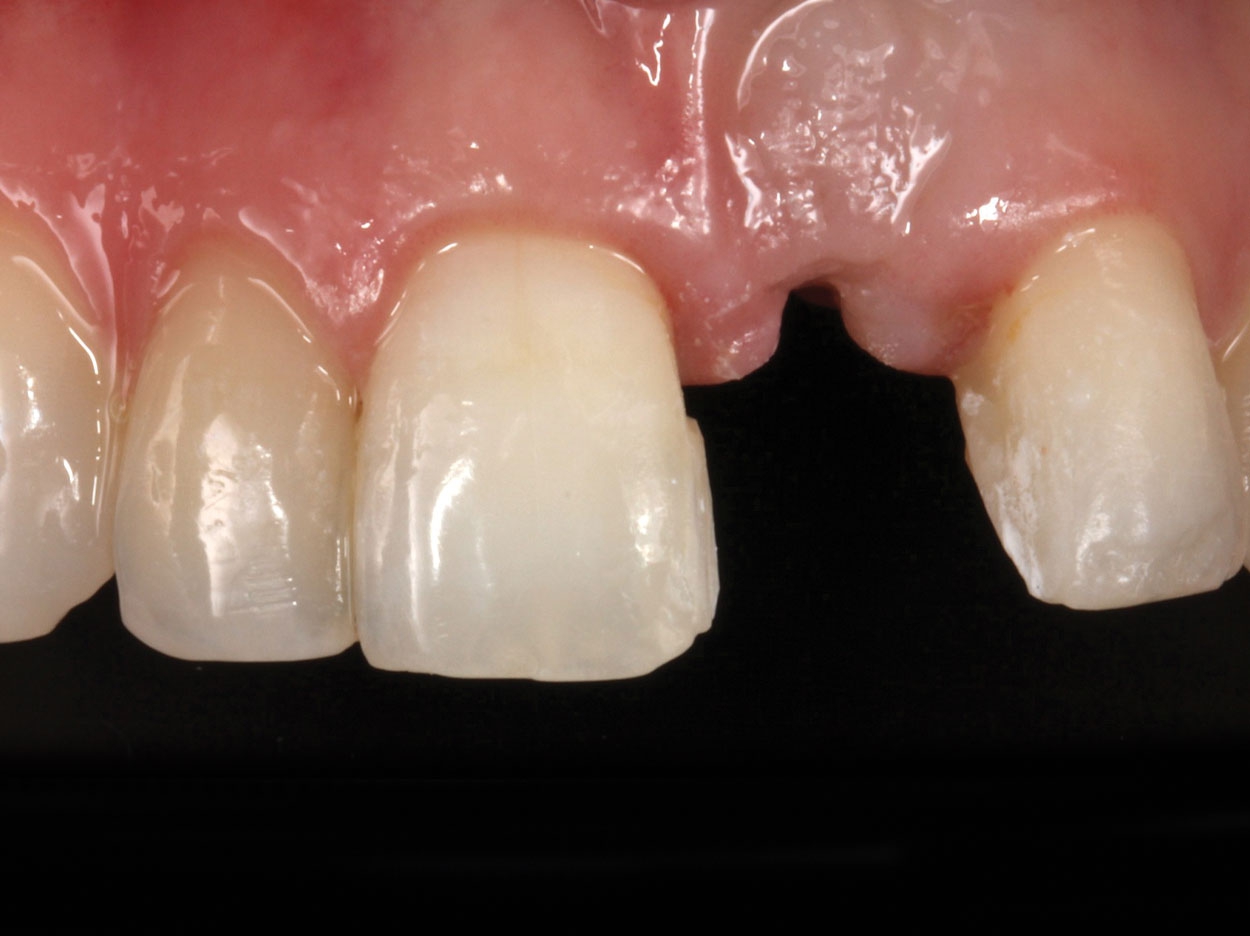
Techniques, materials, and technologies used by our profession have become so innovative. Digital impressions, CBCT, virtual design software, and CAD/CAM milling have allowed clinicians to be very efficient in accomplishing the work while providing accurate and predictable treatment results for patients. At the same time, costs to produce this clinical work are being reduced, making our procedures more profitable to the dentist yet maintaining the ability to deliver high-quality results. Investing in this technology helps to professionally stimulate the practitioner, and the associated, much needed, continuing education elevates the entire dental team.
In this issue, we present 3 outstanding articles. First, Dr. Todd Schoenbaum, Dr. Peter Moy, and Mr. Sam Alawie share an interesting and relevant article on the treatment of compromised implants. Next, Dr. Todd Engel, from the Engel Institute Dental Implant Training program, presents an article involving the emergency implant treatment concept. Then, in another implant-related article, Drs. Naheed Mohamed, Mark Bishara, and Richard Miron discuss custom 3-D allograft block fabrication. Being able to create ideal grafting design within our practices seemed unimaginable only a short while ago.
General practitioners are embracing both surgical and prosthetic applications. However, as more dentists are providing this service and more implants are being placed and restored, we certainly see the challenges that these procedures present. The ideal placement of implants is only achieved with adequate health and available bone. What happens when there is not enough vertical or horizontal width of hard tissue to maximize the result? Being able to visualize the final aesthetic and emergence outcome is critical to a successful implant case. This can be done using digital technology. Once the prosthetic design is selected, it is our duty to then surgically place the implant in a position that optimizes the final outcome. This is especially important in the aesthetic zone of the pre-maxilla. The smallest error in judgment can create a less-than-desirable final restoration. Remember, the patient never sees the implant embedded into the hard tissue, rather he or she is judging the clinical outcome on the white structure that protrudes through the gum and shows when he or she smiles. So, as dentists, smiles are a major component of what we are all about; therefore, let’s make them as aesthetic as humanly possible.
If you have any questions or comments about this topic, or any other subject presented in Implants Today, feel free to contact Dr. Kosinski at drkosin@aol.com.












